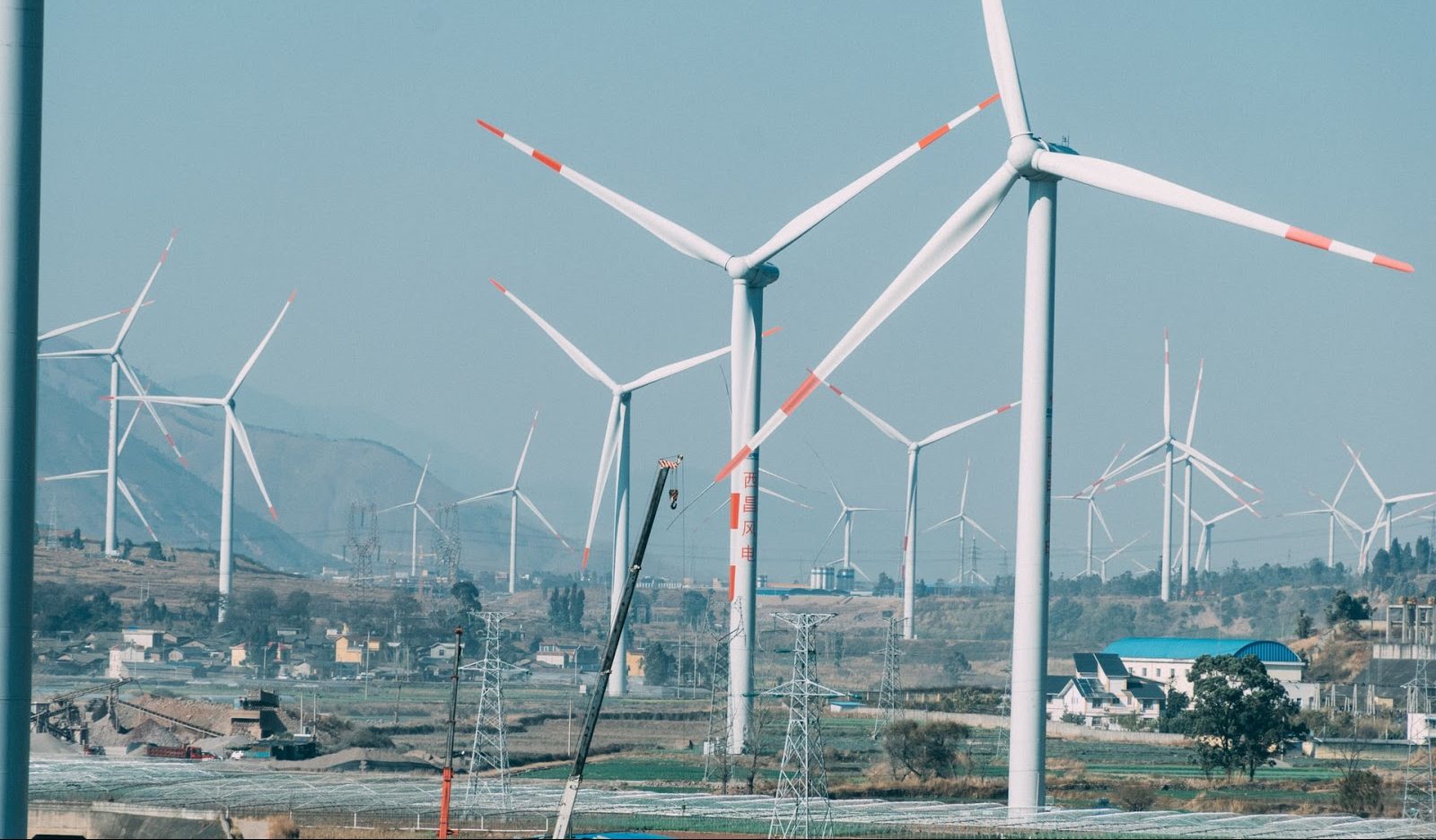A new report finds at least 20% of large commercial and industrial companies would benefit from building on-site renewable energy production such as wind turbines. The study, “Wind for Industry U.S. Market Analysis,” published in October, showed that behind-the-meter, renewable energy is not only an attractive option but it is financially practical for a large portion of the C&I (Commercial and Industrial) market. With many companies looking to make their operations as lean and green as possible, this report shows how viable and attractive behind-the-meter wind energy can be for business.
What is behind-the-meter energy? Anything from a diesel generator to a wind-turbine is a provider of behind-the-meter energy, so basically, behind-the-meter energy is the power that comes from any source other than the grid. Wind power is a particularly attractive behind-the-meter energy solution in states with a large manufacturing capability and powerful, sustained gusts. Out of the top 10 states identified in the report with the highest potential market for behind-the-meter wind power installations, six are Midwestern states for this reason: Minnesota, Wisconsin, Illinois, Indiana, Michigan, and Ohio.
“Many C&I entities are under tremendous pressure to reduce GHG (Greenhouse Gases) emissions, increase production and cut costs,” Jereme Kent, CEO of One Energy told Environmental + Energy Leader. “Our analysis shows that for many manufacturing facilities across the country, particularly in the Midwest, on-site wind makes tremendous sense — lower GHG emissions, reduced energy costs, and increased control.”
According to the report, 20% of C&I companies command $66 billion in deployable capital based on a 0%Investment Tax Credit. Also known as ITCs, investment tax credits are tax incentives often granted by the government for installing renewable energy solutions. In this case, even without these incentives, One Energy sees a market for their wind solutions worth $66 billion. The report states that with a 30% ITC, their market practically doubles to an estimated $120 billion. Moreover, as the technology for wind power continues to refine, One Energy estimates that their Wind for Industry market will swell to $95 billion without any ITC. The key finding from this data shows that “The Investment Tax Credit is not critical to the success of the Wind for Industry market.”
One Energy’s report highlights that a large number of commercial and industrial companies are seeking long-term solutions to their energy costs even looking to become energy independent. “We believe that C&I companies have awoken to the fact that utilities’ interests do not align with their own. Companies believe their ‘load’ is theirs and that utilities are no longer entitled to it,” Kent told Windpower Engineering and Development. “Companies are seeking ways to take back control and are looking for high-quality, trusted partners to help them through on-site generation, better monitoring of utilities, better rate predictability, better service, better quality, better market options, and other means that better serve long-term needs.”





